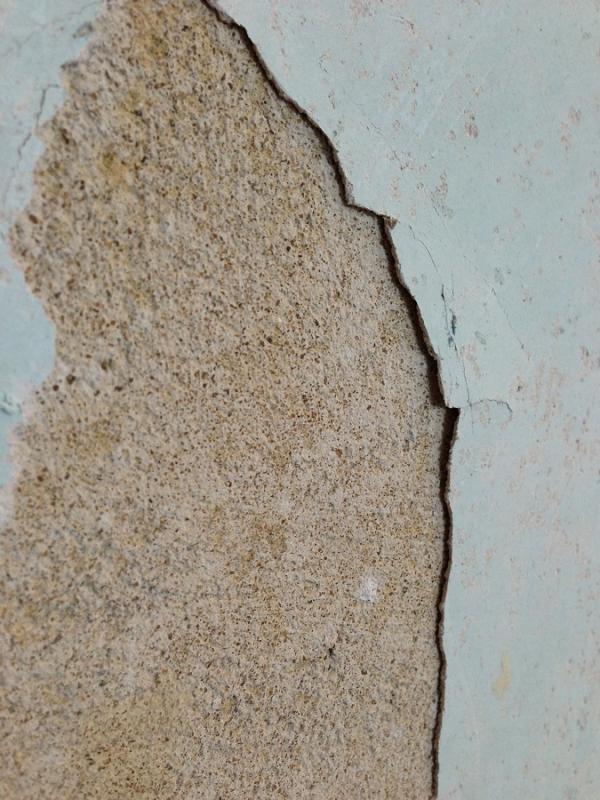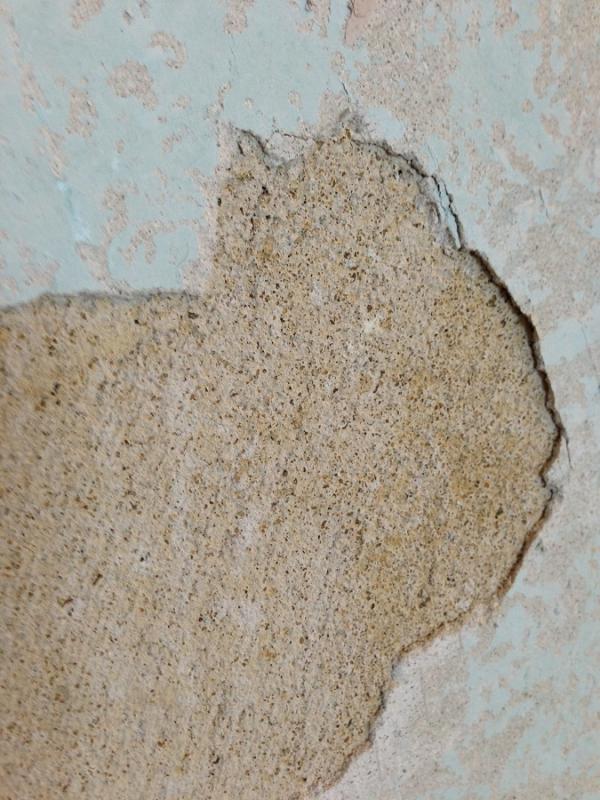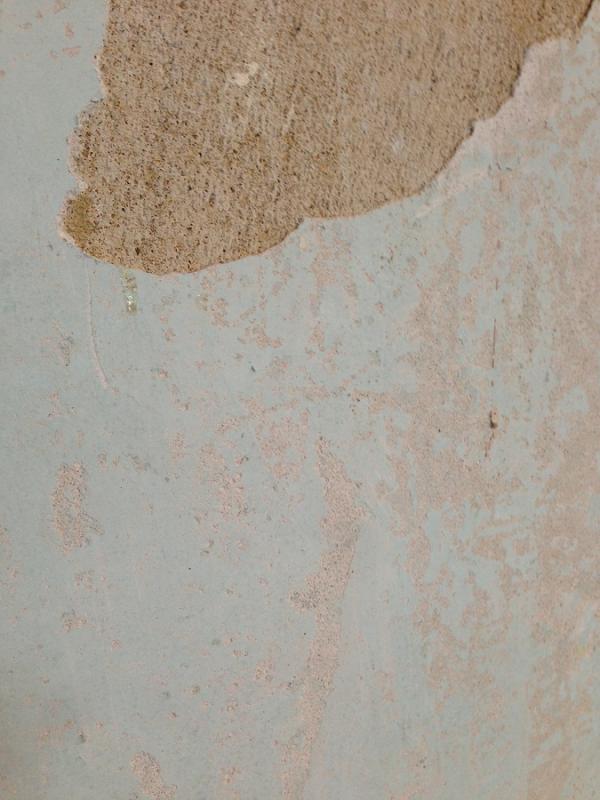In past few days we got the keys to our first home, and having a week before moving in, my better half wanted to repaint the living room.
The walls had that wallpaper (is it some kind of vinyl?) patterned on the outer, with a backing. When taking it off, the layer underneath has crumbled in several places down to the solid wall.
please forgive the DIY ignorance, as I am not sure on the terminology, and this is the first time I've owned anywhere that I can actually do something myself!
could you provide some advice on whether this is something I could patch up myself, or if I need to get a plasterer in - it's crumbled on the wall that has the bathroom on the other side - not sure if that is indicative of something or if it's the whole living room as I haven't got much further yet.
Also being a house from the 60's I can't help but start to worry about asbestos etc. Obviously I realise that the stuff was used in insulation in lofts, around boilers, guttering etc, but would I expect to find it here at all?
Photos will hopefully be attached.
Oh, and we had a local plumber remove the gas fire (that the previous owner said had been added later, it's in the extension bit of the lounge, dont know when but mid-80s + ?) in the same room; he did the work and capped the pipe, but left a right mess, including a load of what I assume is fire retardant 'insulation' - should I be worried about this stuff too?
thanks,
The walls had that wallpaper (is it some kind of vinyl?) patterned on the outer, with a backing. When taking it off, the layer underneath has crumbled in several places down to the solid wall.
please forgive the DIY ignorance, as I am not sure on the terminology, and this is the first time I've owned anywhere that I can actually do something myself!
could you provide some advice on whether this is something I could patch up myself, or if I need to get a plasterer in - it's crumbled on the wall that has the bathroom on the other side - not sure if that is indicative of something or if it's the whole living room as I haven't got much further yet.
Also being a house from the 60's I can't help but start to worry about asbestos etc. Obviously I realise that the stuff was used in insulation in lofts, around boilers, guttering etc, but would I expect to find it here at all?
Photos will hopefully be attached.
Oh, and we had a local plumber remove the gas fire (that the previous owner said had been added later, it's in the extension bit of the lounge, dont know when but mid-80s + ?) in the same room; he did the work and capped the pipe, but left a right mess, including a load of what I assume is fire retardant 'insulation' - should I be worried about this stuff too?
thanks,





